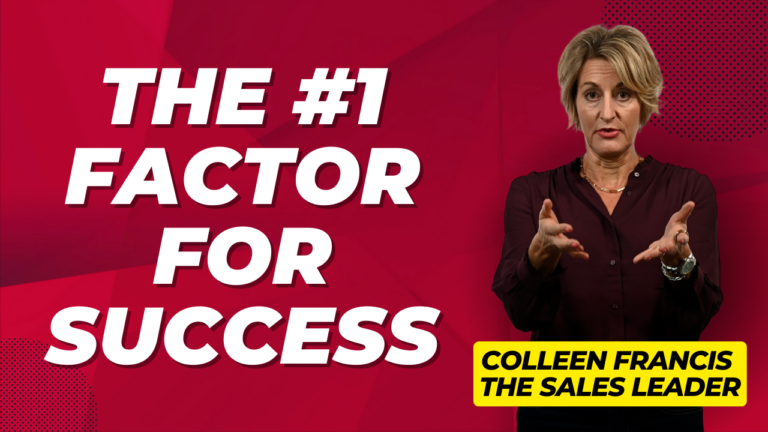First, pause and give yourself some space. Take a break and count to three if you need to.
[bctt tweet=”Acknowledge that your prospect has a right to object. ” username=”EngageColleen”]
Next, understand that your prospect has a right to ask questions about your work, process, or any materials that you present to them. The more you thank them for asking questions or acknowledge that they have the right to ask questions, the more open they are to dialogue. Acknowledgement statements include “Thanks for sharing that with me,” “I appreciate your honesty,” and “You’re smart to think about that.”
Finally, tell a story to your prospects. Use an example of another customer’s success to handle the objection. Say something like, “Let me tell you about the ABC Corporation who felt the same way.”
To handle objections, you need to pause, acknowledge, and tell a story. You can even use the acronym PAT if that helps you remember. Remember that the story is the glue that holds your sales together because people will always care more about what your clients think of you.
P.S. Are you a speaker, trainer, consultant or small business owner? Don’t miss my upcoming limited-attendance event on creating never-ending value client relationships, presented along with Alan Weiss in Miami Beach! Learn more at: www.EngageSelling.com/grow



